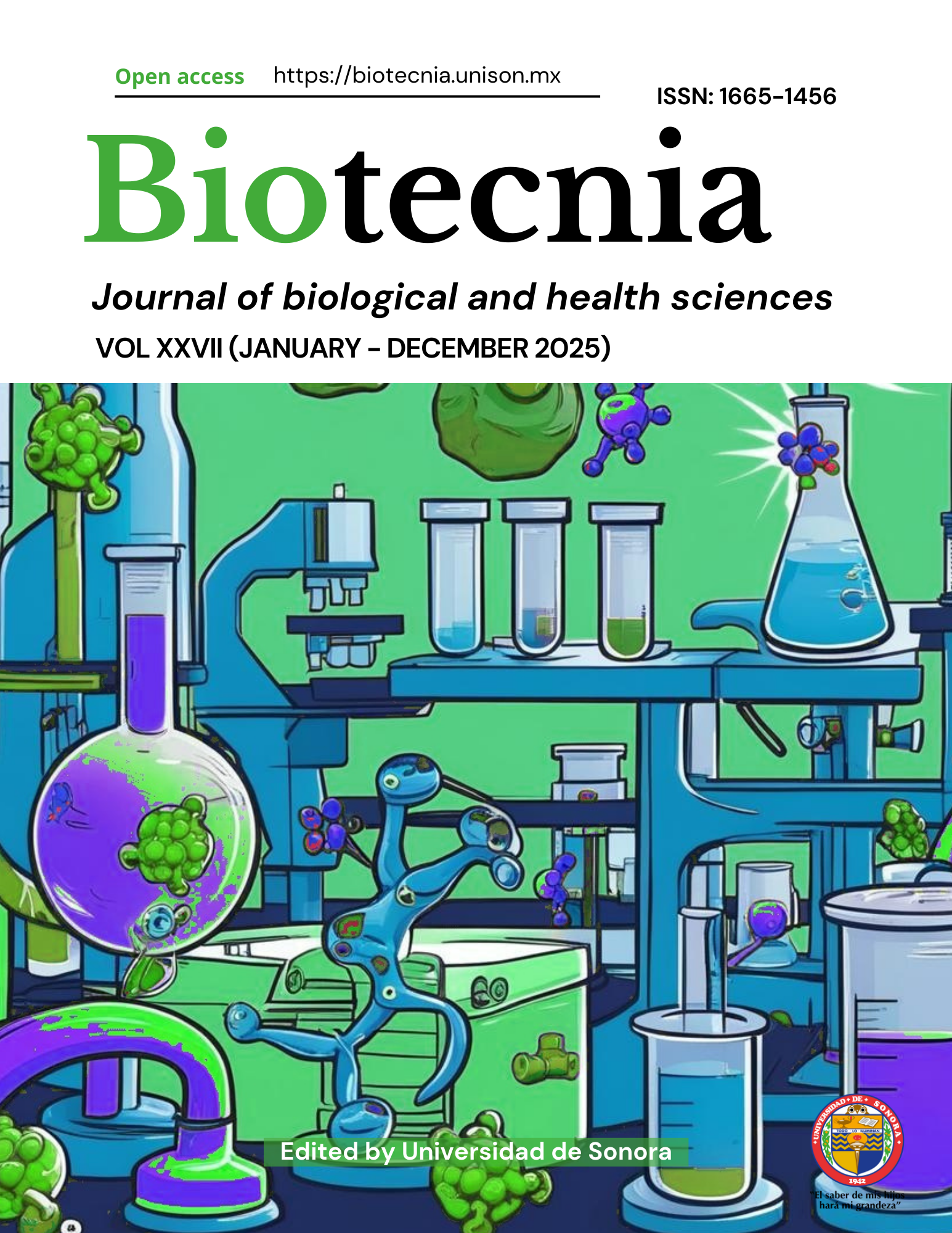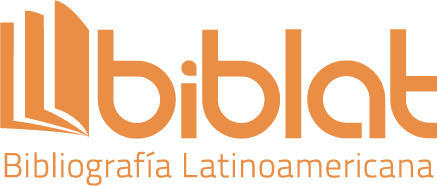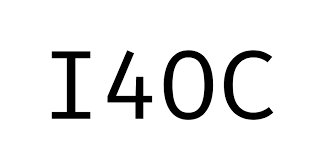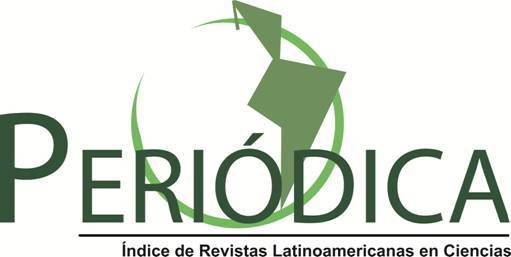Efectos agudos del ejercicio nórdico de isquiotibiales sobre la fuerza muscular y la rigidez muscular de isquiotibiales en futbolistas
DOI:
https://doi.org/10.18633/biotecnia.v27.2656Palabras clave:
fuerza, rendimiento deportivo, ejercicio de resistenciaResumen
El objetivo de este estudio es investigar el efecto agudo del ejercicio nórdico para isquiotibiales (ENI) aplicado a jugadores de fútbol sub-élite sobre los valores de fuerza muscular de los isquiotibiales (H) (valor máximo y trabajo total) y los valores de rigidez muscular (semimembranoso y bíceps femoral). Participaron voluntariamente en el estudio 43 jugadores de fútbol sub-élite masculinos (16.50 ± 0.505). Los valores de fuerza muscular H de los participantes se determinaron con un aparato de la marca N3; los valores de Muscle Stifness se determinaron con un aparato de la marca myoton. El análisis de normalidad de los datos obtenidos en el estudio se realizó con la prueba de Kolmogrov Smirnov. Las comparaciones preprueba-postprueba de los participantes se determinaron con la prueba de rangos con signo de Wilcoxon. Según los resultados del análisis estadístico, se determinó que la ENI aplicada a jugadores de fútbol sub-élite aumentó el valor de Trabajo Total (pierna derecha-izquierda) de los valores de fuerza del músculo H de forma aguda y el valor de rigidez del músculo Bíceps Femoral (pierna derecha-izquierda) de forma significativa en el post-test. Puede decirse que la ENI aplicada a los jugadores de fútbol aumenta de forma aguda la fuerza del músculo H y el valor de rigidez del músculo BF, proporciona eficiencia en el rendimiento y es una estrategia protectora contra las lesiones.
Descargas
Citas
Akkoc, O., Caliskan, E., & Bayramoglu, Z. 2018. Effects of passive muscle stiffness measured by Shear Wave Elastography, muscle thickness, and body mass index on athletic performance in adolescent female basketball players. Medical ultrasonography, 20(2), 170-176.
Balius, R., Pedret, C., Iriarte, I., Sáiz, R., Cerezal, L. 2019. Sonographic landmarks in hamstring muscles. Skeletal Radiology, 48:1675–1683.
Bourne, M. N., Duhig, S. J., Timmins, R. G., Williams, M. D., Opar, D. A., Al Najjar, A., Kerr, G. K., Shield, A. J. 2017. Impact of the Nordic hamstring and hip extension exercises on hamstring ar-chitecture and morphology: implications for injury prevention. British Journal of Sports Medi-cine, 51, 5, 469-77.
Brazier, J., Maloney, S., Bishop, C., Read, P. J., & Turner, A. N. 2019. Lower Extremity Stiffness: Considerations for Testing, Performance Enhancement, and Injury Risk. Journal of strength and conditioning research, 33(4), 1156-1166.
Cuthbert, M., Ripley, N., McMahon, J. J., Evans, M., Haff, G. G., & Comfort, P. 2020. The effect of Nordic hamstring exercise intervention volume on eccentric strength and muscle architecture adaptations: A systematic review and meta-analyses. Sports Medicine, 50, 83-99.
Delahunt, E., McGroarty, M., De Vito, G., & Ditroilo, M. 2016. Nordic hamstring exercise training alters knee joint kinematics and hamstring activation patterns in young men. European Journal of Applied Physiology, 116, 663-672.
Edouard, P., Pollock, N., Guex, K., Kelly, S., Prince, C., Navarro, L., & Hollander, K. 2022. Hamstring muscle injuries and hamstring specific training in elite athletics (track and field) athletes. Inter-national journal of environmental research and public health, 19(17), 10992.
Evangelidis, P. E., Pain, M. T. G., Folland, J. 2015. Angle-specific hamstring-to-quadriceps ratio: A comparison of football players and recreationally active males. Journal of sports sciences, 33, 3, 309-19.
Greig, M. J, Naylor, J. 2017. The efficacy of angle-matched isokinetic knee flexor and extensor strength parameters in predicting agility test performance. Int J Sports Phys Ther, (12):728–736.
Higbie, E. J., Cureton, K. J., Warren III, G. L., & Prior, B. M. 1996. Effects of concentric and eccentric training on muscle strength, cross-sectional area, and neural activation. Journal of Applied Physiology, 81(5), 2173-2181.
Hug, F., Tucker, K., Gennisson, J. L., Tanter, M., & Nordez, A. 2015. Elastography for muscle bio-mechanics: toward the estimation of individual muscle force. Exercise and sport sciences re-views, 43(3), 125-133.
Kalkhoven, J. T., & Watsford, M. L. 2018. The relationship between mechanical stiffness and athletic performance markers in subelite footballers. J Sports Sci, 36:1022-1029.
Koulouris, G., & Connell, D. 2003. Evaluation of the hamstring muscle complex following acute in-jury. Skeletal radiology, 32(10), 582-9.
Kurtdere, İ., Kurt, C., & Nebioğlu, I. Ö., 2021. Acute static stretching with different volumes improves hamstring flexibility but not reactive strength index and leg stiffness in well-trained judo athletes. Journal of Human Sport and Exercıse, 16(4), 760-772.
Latropoulos, S. A., & Wheeler, P. C. 2024. Hamstring muscle injuries in athletics. The Physician and sportsmedicine, 52(2), 103-114.
McCall, A., Carling, C., Davison, M., Nedelec, M., Le Gall, F., Berthoin, S., Dupont, G. 2015. Injury risk factors, screening tests and preventative strategies: a systematic review of the evidence that underpins the perceptions and practices of 44 football (soccer) teams from various premier leagues. Br J Sports Med, 49(9):583-589.
Mjølsnes, R., Arnason, A., Østhagen, T., Raastad, T., & Bahr, R. 2004. A 10‐week randomized trial comparing eccentric vs. concentric hamstring strength training in well‐trained soccer play-ers. Scandinavian Journal of Medicine & Science in Sports, 14(5), 311-317.
Morales, A. J., Lacourpaille, L., & Guilhem, G. 2017. Effects of warm-up on hamstring muscles stiffness: Cycling vs foam rolling. Scandinavian journal of medicine & science in sports, 27(12), 1959-1969.
Morgan-Jones, R., Cross, T., Cross, M., 2000. Hamstring injuries. Critical Reviews™ in Physical and Rehabilitation Medicine, 12, 4.
Perkins, S., & Canavan, P. 2023. Isokinetic Assessment of knee flexor and extensor strength and lower extremity flexibility assessment of an NCAA Division III men’s soccer team. International Journal of Sports Physical Therapy, 18(3), 626.
Petersen, J., Thorborg, K., Nielsen, M. B., Budtz-Jørgensen, E., Hölmich, P. 2011. Preventive effect of eccentric training on acute hamstring injuries in men’s soccer: a cluster-randomized controlled trial. 39, 11, 2296-303.
Sannicandro, I., Cofano, G., & Raiola, G. 2022. The acute effects of small-sided games on hamstring strength in young soccer players. Physical Education Theory and Methodology, 22(1), 77-84.
Seymore, K. D., Domire, Z. J., DeVita, P., Rider, P. M,, Kulas, A. S. 2017. The effect of Nordic ham-string strength training on muscle architecture, stiffness, and strength. European journal of applied physiology, 117, 5, 943-53.
Timmins, R. G., Bourne, M. N., Shield, A. J., Williams, M. D., Lorenzen, C., & Opar, D. A. 2016. Short biceps femoris fascicles and eccentric knee flexor weaknes increase the risk of hamstring injury in elite football (soccer): a prospective cohort study. British Journal of Sports Medicine, 50(24), 1524-1535
Van der Made, A. D., Wieldraaijer, T., Kerkhoffs, G. M., Kleipool, R. P., Engebretsen, L., Van Dijk, C. N., & Golanó, P. 2015. The hamstring muscle complex. Knee Surgery, Sports Traumatology, Arthroscopy, 23, 2115-2122.
Zebis, M. K., Skotte, J., Andersen, C. H., Mortensen, P., Petersen, H. H., Viskaer, T. C., Jensen, T.L., Bencke, J., Andersene, L.L. 2013. Kettlebell swing targets semitendinosus and supine leg curl targets biceps femoris: an EMG study with rehabilitation implications. Br J Sports Med, (47):1192–1198.
Descargas
Publicado
Cómo citar
Número
Sección
Licencia
Derechos de autor 2025

Esta obra está bajo una licencia internacional Creative Commons Atribución-NoComercial-CompartirIgual 4.0.
La revista Biotecnia se encuentra bajo la licencia Atribución-NoComercial-CompartirIgual 4.0 Internacional (CC BY-NC-SA 4.0)
















_(2).jpg)








